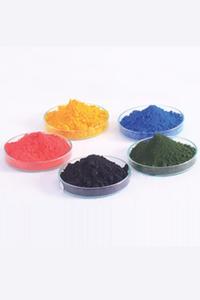Specialty Chemicals, Raw Materials and IPNR Endura's Leading Role
In the world of ceramics and advanced materials, specialty chemicals and raw materials are the unsung heroes, enabling innovation and the creation of remarkable products. Here we will delve into the significance of ceramic stains, antimicrobial compounds, and ceramic filter discs, with a spotlight on IPNR Endura's pivotal role as a leading provider of these crucial components. Ceramic Stains and Oxides: The Art of Coloring Ceramics Ceramic stains are the pigments that breathe life into ceramics, making them vibrant and visually appealing. These stains, when combined with ceramic oxides, result in a broad spectrum of colors and effects. IPNR Endura is at the forefront of providing ceramic stains and oxides, offering manufacturers and artists an extensive palette to craft stunning ceramic creations. Antimicrobial Compounds: Germguard for a Healthier World The need for hygiene and safety has never been more critical. Antimicrobial compounds , like IPNR Endura's Germguard, have b...

